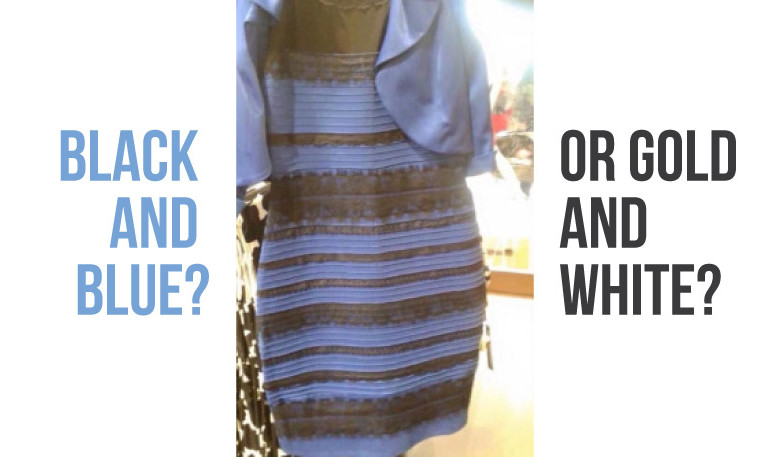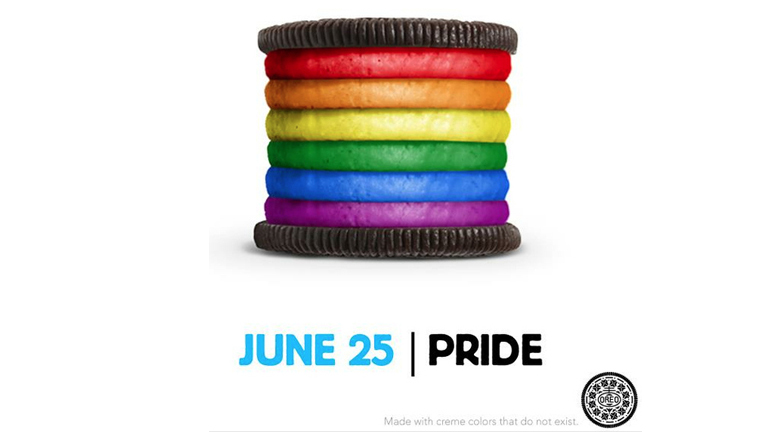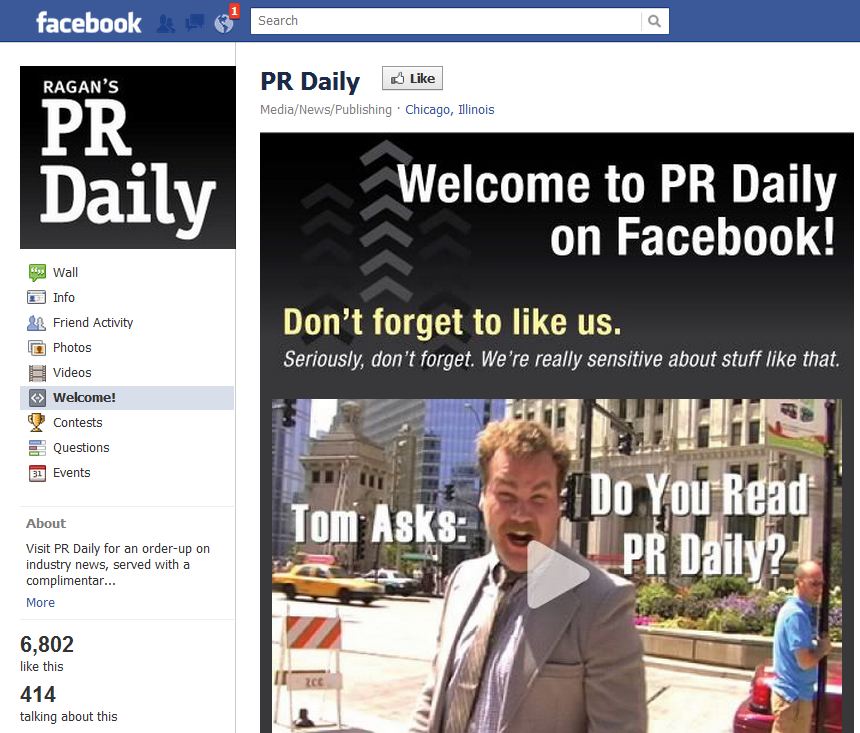
Successful campaigns target emotions
As a marketer, you are constantly looking for the next big hook. Whether your ad is an emotional rollercoaster discussing Alzheimer’s or a three-second catchphrase designed to make people like beer (you know the one), successful advertising never fails to affect its target audience on an emotional level.
![]()
Have you ever wondered which emotions go viral most consistently—and, consequently, do your job most effectively? Perhaps you have spent hours poring over demographic research, searching for the formula. In any event, a recent study shed some light on the subject, and as a result, an irrefutable model appears to be developing.
In this study, researchers showed a myriad of viral and non-viral images from Imgur to a participant pool of over 800 men and women between the ages of 18 and 54. Their end goal was to pinpoint exactly what roles gender and age play in determining one’s desire to share a visual ad, thereby perpetuating the marketing cycle.
During the study, participants were encouraged to utilize Robert Plutchik’s Wheel of Emotion, which was further divided into three ranges: positive, negative, and surprised.
So, what contributes to an image’s virility? Surprise!
Apparently, graphics eliciting emotions such as joy, interest, anticipation, and trust had some of the highest popularity ratings. Additionally, participants of the study felt stronger positive and negative emotional feedback when viewing viral images, as opposed to non-viral ones.
Most importantly, however, was the component of surprise: though both viral and non-viral images inspired varied amounts of positive or negative emotion, surprise was the most consistently reported emotional response to viral images.
Demographics strongly influenced emotional responses
Another key factor in this marketing research was that of age demographics. Those aged between 18 and 24 had muted responses—likely because of their constant exposure to similar media, and the tolerance that accompanies such exposure—and both the 18- to 24- and the 25- to 34-year-olds showed an overall lack of interest in static images when compared to animated gifs or otherwise dynamic presentations.
Gender demographics also held some surprises. On the surface, it appears that men and women share similar emotional responses; however, several small differences were found, and should be pandered to accordingly.
Men felt more positive, joyful emotions overall, but a lack of emotional complexity kept the male population from indulging the urge to share images. Finding a balance, then—i.e., disgust, fear, anger—to counter joy might be the solution to an otherwise slightly one-sided demographic.
Women, on the other hand, were most strongly impacted by trust, as well as trust emotions and a slight tendency toward negative emotions. Women also felt more emotional complexity overall, which suggests that trust is the winning component when marketing exclusively to women.
Being “new” and original is the biggest battle
We’re looking at a new development in a field in which “new” is 75 percent of the battle. Though there is a lot of specific information here, the takeaway is simple: emotional complexity favoring either trust emotions or counterbalanced joyful emotions coupled with the appropriate age demographic information and a well-designed social media ad campaign should, according to this study, reach your target audience with little to no hassle.
#EmotionalMarketing
Jack Lloyd has a BA in Creative Writing from Forest Grove's Pacific University; he spends his writing days using his degree to pursue semicolons, freelance writing and editing, oxford commas, and enough coffee to kill a bear. His infatuation with rain is matched only by his dry sense of humor.








































